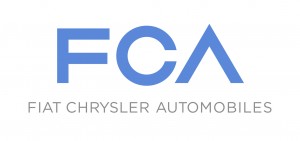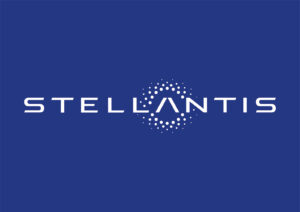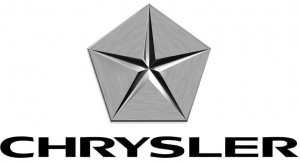Long seen as a laggard in the electric vehicle market, Stellantis revealed a $35 billion program to bring at least 55 plug-in hybrids and pure battery-electric vehicles to market by mid-decade – a list that will include a BEV Ram pickup and an all-electric muscle car that will be the fastest and most powerful ever produced by the Dodge brand.
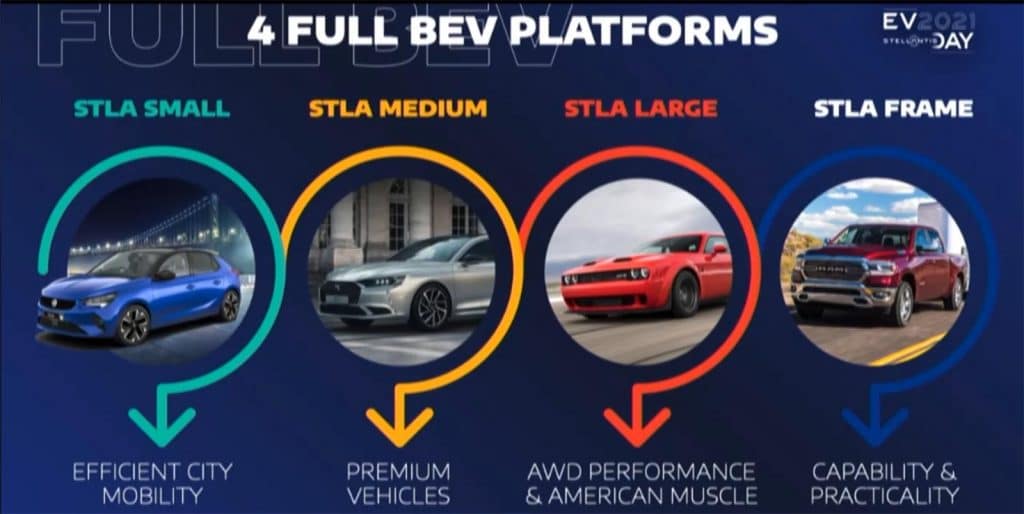
The automaker – formed by a merger of Fiat Chrysler and PSA Group early this year – outlined its plans to go electric during a nearly three-hour presentation Thursday morning. During that time, Stellantis executives announced a procession of new plug-ins and BEVs, while also laying out the company’s accelerating shift away from gas and diesel engines. The virtual event was intended to quash concerns that Stellantis was lagging the industry’s race to electrify.
“We are already in the race,” declared the automaker’s CEO Carlos Tavares. “We are on a rolling start and we are now accelerating.”
“We are committed”
While the European side of Stellantis has been active in the battery-car market – it was second-largest by sales volume last year – the U.S. side has been reluctant, at best. When the old Fiat Chrysler Automobiles launched its first BEV, the Fiat 500e, in 2013, the late CEO Sergio Marchionne declared he wanted no one to buy it car because each one lost the company about $14,000.
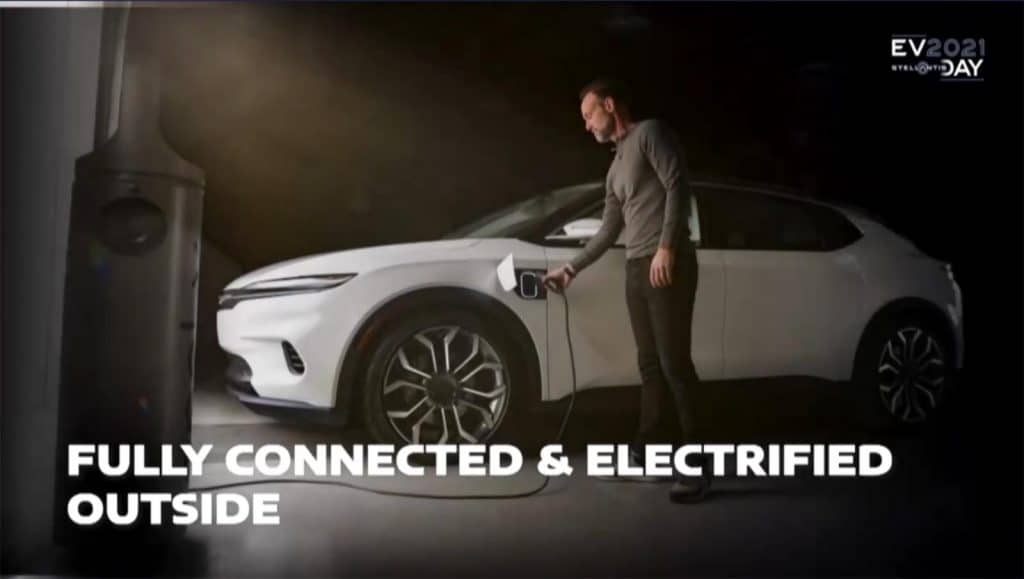
FCA began to shift direction with the launch of its first plug-in, the Chrysler Pacifica Hybrid minivan. And it has scored a runaway hit with the debut this spring of the plug-in Jeep Wrangler 4xe. It has become the best-selling PHEV in the U.S. market, accounting for 20.1% of the compact SUV’s sales over the past several months.
Now, Jeep will have to prove that’s no fluke. The plan announced Thursday will see the brand add 4xe versions of every product in its line-up by 2025, with a version of the next-generation Grand Cherokee coming for the 2022 model-year.
“We are committed to zero emissions,” said Christian Meunier, the Jeep brand’s CEO.
Four new EV platforms
The automaker’s other light truck brand has big electrification plans, as well. Ram is working up an all-electric version of the familiar 1500 full-size pickup which will reach market by 2024, announced brand boss Mike Koval.
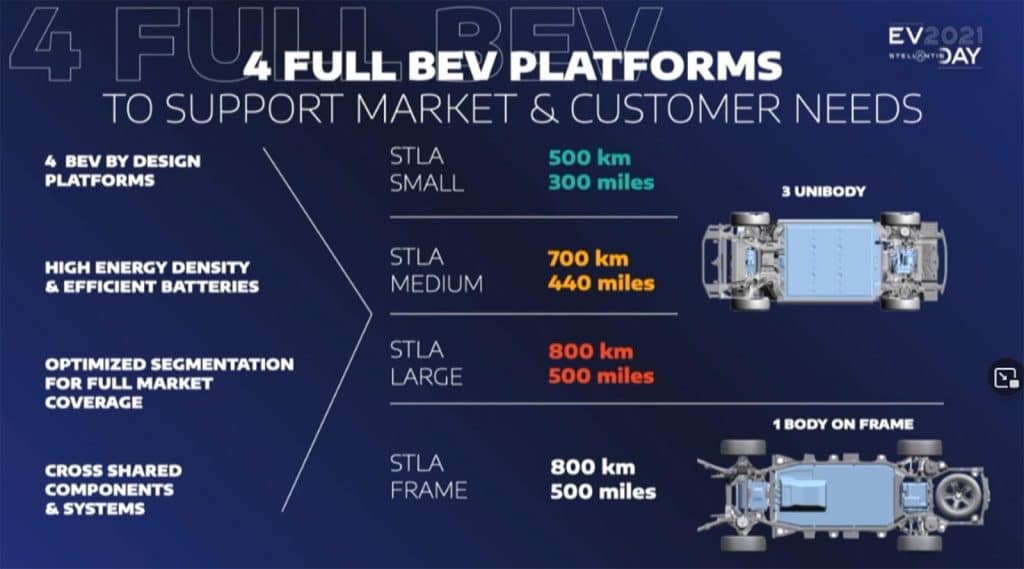
That will bring the division into the fast-growing EV pickup segment later than key competitors Ford, Chevrolet and GMC, as well as upstarts like Rivian and Tesla. But Koval defended the late arrival by declaring Ram’s entry will be “the right product at the right time.”
The goal, he added, is to “push past” the competition with a mix of a radical new design and enhanced features. Among other things, the platform the electric Ram will be based on could offer range of as much as 500 miles per charge.
In all, Stellantis is developing four new architectures for its electric vehicles, one each for small, medium and large passenger cars and SUVs, with a fourth using a body-on-frame structure for use with pickups, such as the electric Ram 1500, as well as commercial vehicles. The familiar Ram ProMaster is one of the trucks that will go electric, while Stellantis also plans to launch a hydrogen fuel-cell powered van before the end of this year.
Dodge gets an electric muscle car
The smallest of the new platforms will be used for products like the next-generation Fiat 500e. The Italian automaker will effectively go all electric in the years ahead. Most of its plans target Europe, but some battery models will come to the U.S. And Fiat also will enter the Chinese market with pure BEVs.
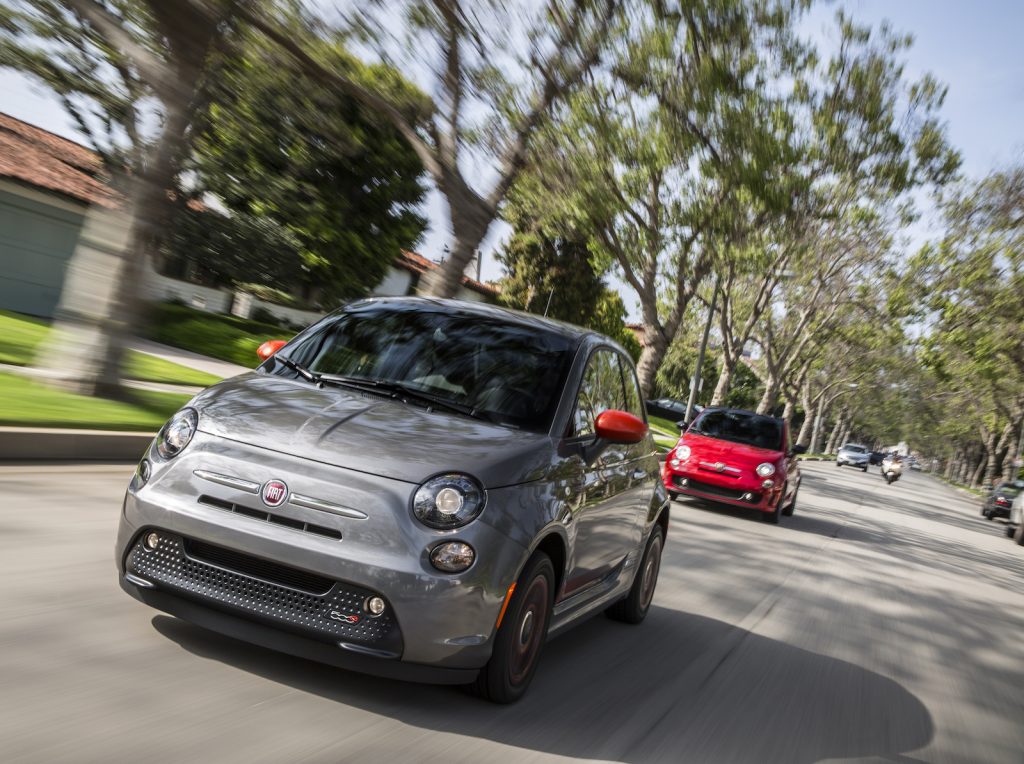
The new STLA Large platform will find numerous applications within the Stellantis line-up, underpinning bigger SUVs – as well as the first electrified Dodge model.
The upcoming muscle car – which TheDetroitBureau.com first reported on in June – will be faster than any product the muscle car marque has ever before offered, launching from 0 to 100 kmh, or 62 mph, in about 2 seconds. That would put it on a par with the new Tesla Model S Plaid. And it would blow away the previous track star, the Dodge Challenger Hellcat Demon.
Dodge brand boss Tim Kuniskis put the emphasis on what matters to Dodge customers during the Thursday web event: Performance. And the reality is that going fully electric is the only way to take the brand’s iconic muscle cars to the next level.
“Our engineers are reaching practical limit of what we can squeeze from an internal combustion engine. We know that electric motors can give us more,” he explained.
Chrysler not forgotten
During the nearly three-hour session, Stellantis officials quickly ran through an assortment of the company’s 14 brands, including Opel/Vauxhall, the long-struggling enterprise acquired from General Motors a few years back. Based in Germany, it is making a hard turn towards electric propulsion. All models will be offered with a PHEV or BEV package by 2024, said brand CEO Michael Lohscheller.
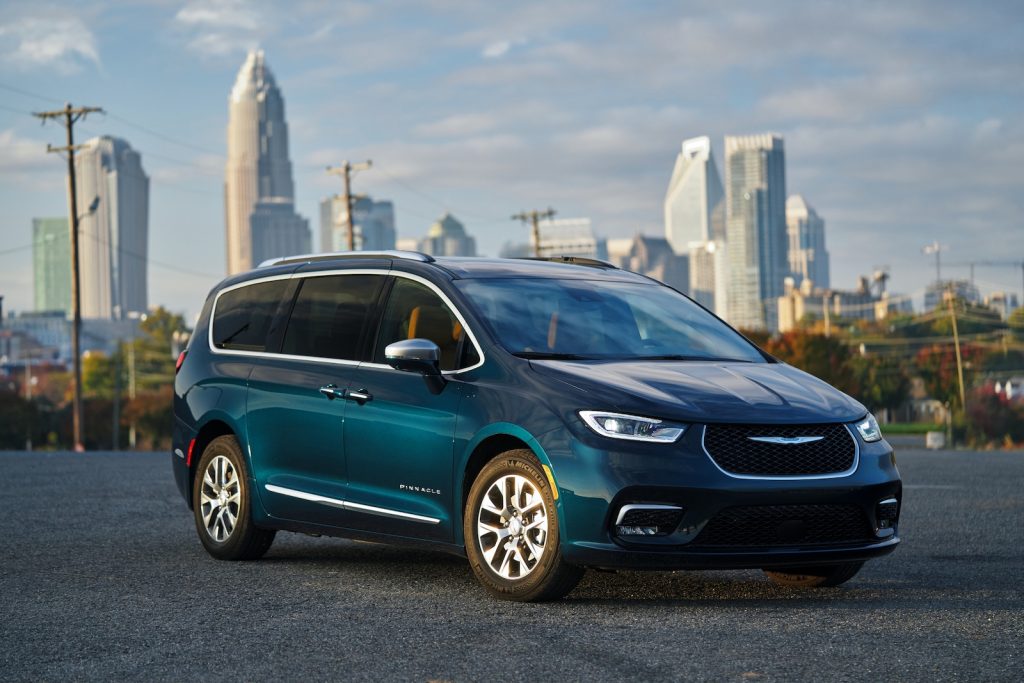
“By 2028 Opel will be purely electric in Europe” he added, noting that the marque also plans to enter China as an entirely electric brand.
A handful of Stellantis brands were left on the sidelines Thursday, including Alfa Romeo, Lancia and Maserati. But while specific plans for the long-struggling Chrysler were saved for a future announcement, Stellantis took pains to emphasize it will remain part of the family. Ralph Gilles, the head of design for the North American side of the company, was shown riding in and working on an all-electric Chrysler concept.
By mid-decade, Stellantis expects to be chasing its most aggressive competitors, if not leading, in the EV space. By 2025, the company estimates, plug-based products will account for 14% of its sales in Europe and 4% in the United States. By 2030, however, Tavares forecast that will jump to more than 70% in Europe and over 40% in the U.S.
To get there will require major changes at all levels of the company, from software development to marketing to manufacturing, officials stressed.
New battery chemistries
Stellantis is developing two new lithium-ion battery chemistries, including one that eliminates cobalt, a costly metal that also creates environmental issues in its mining and production. Battery packs will be able to hold anywhere from 37 to more than 200 kilowatt-hours of energy. Range will run up to 300 miles with the STL Small architecture up to 500 miles per charge with the STLA Large and STLA Frame platforms. Charging times are also expected to drop to as little as 10 minutes for an extra 200 miles range.
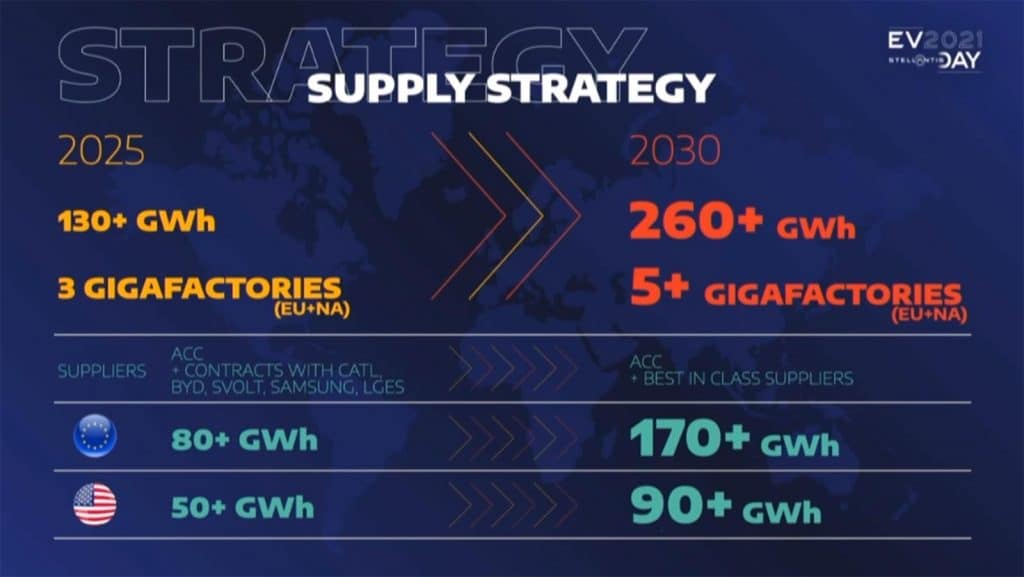
By 2026, meanwhile, the automaker hopes to begin shifting to an entirely new type of battery, solid-state technology expected to see substantially reductions in cost even while boosting range, cutting charging times and reducing the risk of battery fires.
Battery technology will prove critical in numerous ways, said Chief Financial Officer Richard Palmer, not only delivering competitive range, power and charging, but also in bringing down the cost of electric vehicles. Right now, he acknowledged, Stellantis depends on governmental incentives to help it break even on the sale of its EVs. But the goal is to slash the cost of electric technology by more than a third, making it possible for Stellantis to achieve “double-digit” profit margins by the latter part of the decade.
While the automaker might have taken its time getting off the starting blocks, Tavares insisted it won’t be behind for long. “Stellantis is now in full execution mode,” he declared, “at full speed on its electrification journey.”
